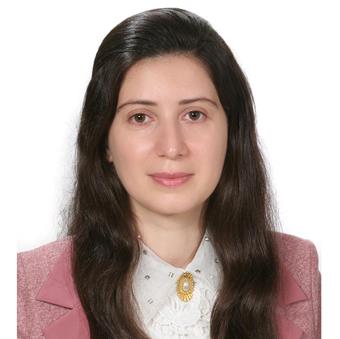Materials Optics is a unit under the Thin Film Physics Division. We combine material optics and development of ellipsometric methodology to analyse optical properties and nanostructures of bulk materials, thin films and their interfaces. Our main technique is spectroscopic ellipsometry which is based on analysis of changes in the state of polarization of light interacting with matter.
Our goal is to study advanced nanostructures by methods based on polarization optics and to contribute to the development of novel optical materials and devices. Our present research activities include studies of biological materials. We are especially interested in polarizing assemblies such as the Bouligand structure found in arthropods and stomatopods. We are also involved in biomimetic research where we fabricate photonic structures and meta-materials inspired by the studies of biological materials. We are using different techniques to realize the structures, in most cases thin film deposition by magnetron sputtering. In another project route is to explore the possibilities to use liquid crystal based optical elements for novel optical components including lenses with variable focal distance, switchable phase arrays and beam steering devices.
In our lab, The LiU Spectroscopic Ellipsometry Laboratory (The LiUSE-lab) we have a collection of excellent research grade instruments for optical polarization studies including a Mueller matrix dual rotating compensator ellipsometer (RC2, range: 210-1690 nm /0,7-5,9 eV), a Mueller matrix dual rotating compensator ellipsometer for in-situ use (RC2, range: 245-1690 nm /0,7-5,1 eV), a variable angle spectroscopic ellipsometer (VASE, range: 190-1690 nm / 0.7-6.5 eV) and an infrared variable angle spectroscopic ellipsometer (IR-VASE, range: 1.7-30 μm / 333-5900 1/cm). All instruments from J.A. Woollam Co. Together with our colleagues in the Terahertz Materials Analysis Center (THeMAC) we have ellipsometry equipment spanning a wavelength range from 190 nm to 3 mm.
Photo credit Olov Planthaber
















